What Nokia needs to learn from Apple Keynotes. Pointers from Steve Job's iPhone 4 announcement.
This is mainly a tongue in cheek rant, written very late so it probably may not make sense. Note – if you are reading this, you are not the “public” which is described in this article.
Again, press X now or prepare for walls of text.
Perception, perception perception.
What Nokia needs to learn from Apple Keynotes. Pointers from Steve Job’s iPhone 4 announcement.
(There could equally be a post on what Nokia could learn from Apple products)
Every time there’s an Apple event, we see that above all else, perception is somewhat more important than the product or service itself. (In the sense of effectiveness of message towards the general public)
At your product launches, you should get to control the intended first impression (unless you “lose” your proto and it gets reviewed, forcing an early launch) so make the most of this opportunity.
What Steve and Apple do best is explain why features are great, why they’re useful to you. Regardless if it’s mundane, it helps general public and the press vomit it verbatim. It helps in direct word of mouth conversation and even more so in online social media. Even if people are retweeting nonsensical bullshit, people are talking about your product in the positive way you choreographed it.
Elaborate on your features.
When announcing N9/MeeGo phone, please take note. Don’t just dispense of it quickly and ignore it. (aka N900 and X6 announcements that were literally sneezed into existence). Don’t just rattle off features. Take time with it, demonstrate to people what a feature does, why a particular feature is good, why it’s useful and how the N9/MeeGo Phone does this well.
This gets people emotionally connected to a feature as they can personally relate with your examples and place themselves in positions where they could benefit from such features/services offered by your device/brand.
It’s no good just listing out screen resolution. Even if it’s not that much more than others. Don’t leave it to a users imagination of what they can do with a feature.
Implant situations where they’d have a need for a feature. Look what Apple did.
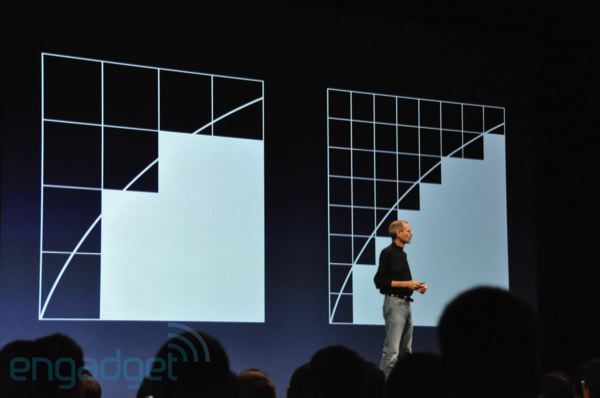
No one else could have made a better song or dance about increasing screen resolution. Great job at keeping the screen at 3.5" as now they can boast super high DPI. Image from Engadget
They showed you why the higher resolution is more beneficial, dragging on about seeing much more detail, smoother images/fonts. Apple even went as far as creating a pseudo-scientific (for retards) term, “Retina Display” to make the “increased screen resolution” all that more exciting.
Point out the obvious. You may have so many great features, you over look something you consider minute. e.g. in video calling, point out you can use both front camera and main camera. But don’t just mention it, e.g. create a side feature in being able to “see what you see with the back of the camera”. It’s simple, but again gives a context of that feature in action. e.g. 2, with front camera, point out how the depth of field is perfectly aligned to be in focus at arms length – focusing on your face for video calling.
It doesn’t matter if other handsets have an identical feature. If yours performs the same, don’t bother making comparisons. e.g. Not much talking on how good the 5MP camera is. If yours works better, point out how yours is better.
Create new terminology for old features.
As just mentioned, if you’re introducing a feature that’s years old, buff it up with new names to make it seem different and cutting edge. e.g. Instead of video calling, use “FaceTime”, instead of high resolution screen, use “retina display”, instead of iPhone OS4, call it iOS4. It’s like calling the janitor Chief Hygiene and Sanitation engineer.
Or if you’re not changing the name, just make a statement of how your feature is somehow better. e.g. “Multitasking – Done the right way”. Many mobile users aren’t aware of multitasking therefore claiming yours does it the right way (lies that may be or not) you imply others are doing it wrong (even though they may be the ones giving you proper multitasking).
Marketing babble – Hyperbole power
It also helps to douse with ample hyperbole. “Amazing, magical, wonderful, phenomenal, great, fantastic, beautiful, slimmest, fastest” blah blah blah. Rinse and Repeat.
These subliminally etch into the mind that what you’re talking about is pretty special. Most people won’t have time to make their own decisions. They’ll just agree.
Furthermore, add some stats about how good your features are. It doesn’t really matter what they mean.
1) public avoids having to think and manually deduce comparisons; you’ve made it for them. N% thinner, N% faster, N% higher res etc.
2) It adds to what people can repeat. Instead of being a random specification 9.3mm think, stats give significance – i.e. N% thinner than Y.
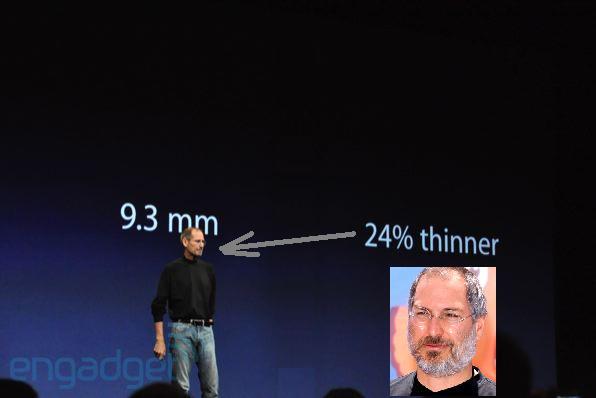
 I love Steve. Despite being an iDictator, he's a true Mobile Visionary who's revitalized the mobile market. (Edited engadget pic.)
E.G. Instead of just 960×640, you have, 4x resolution, 326 DPI. I doubt the majority even knew resolution iPhone was on previously, but that doesn’t matter. Now they know they have 4x resolution in new iPhone and 326 dots per inch (which they probably won’t understand either but hey, another thing to spout about).
Public don’t know what they want – you need to tell them.
What we have seen from Apple is that they don’t necessarily always bring new things to the table, but they do polish old features and make people want it. They weren’t the first with a touch screen, or a tablet, or to try and sell apps. They weren’t the first with 3mp cameras, 3G, GPS, Copy and Paste, Multitasking, Wallpapers, Folders, digital zoom and now Video Calling. But they do make a scene when they finally get certain old industry standard features and demonstrate to everyone that they do that feature better than anyone else (be it true or not e.g. multitasking).
The public, God bless them, has no recollection of these years old features and just blindly accepts them as yet another fantastic thing by Apple.
Nokia is the complete antithesis. They’ve always been pretty poor at shouting about things they do really well. They overlook fantastic features which Jobs would spend 10 minutes and 20 slides on were they to appear on iPhone.
Why does it work? Because the general public aren’t geeks. They don’t know what they want. They need to be told what they need. That’s why advertisements/commercials are so powerful. We just do what we’re told.
Apple has been the best in recent years of dictating exactly what you want in your devices and what features you don’t want. Even if it means being hypocritical years down the line, that doesn’t matter as the public won’t remember. e.g. When talking about Kindle in 2008, Jobs said, “People don’t read anymore”, but with launch of iPad, it’s all about iBooks, ePrint, eMagazines. If you aren’t good at something, dismiss it as useless, or even better, detrimental to mobile phone industry. e.g. Flash. MMS isn’t important, who sends MMS…Multitasking isn’t important it drains battery….
It’s all about creating the perception of need: Make your own game with your own rules

Jedi Mind Tricks not necessary to influence perception of others beyond their realms of logic. image via Gizmodo
Smartphones are luxury items, borne out of want not need. To be desirable you have to meet certain requirements, certain characteristics, certain needs. You can either meet the needs of an already established market or create your own niche. The latter more powerful as you’re in the driving seat. You make your audience need what you want them to need.
When apple announced the iPhone in 2007, they made a game changer. With that, they wrote the rule book. You want touch screens only, you want swishy UIs, you want apps, you don’t want hardware keyboards. Everyone else followed and played along, but it’s impossible to score points, catch up and over take when Apple is in charge and constantly changing these rules.
You must step out and make your own game, create your own set of rules, produce a new paradigm of mobile. Innovate, focus the public’s attention into wanting something else. e.g. how Nintendo broke away from the graphics race.
If you have a feature that you do particularly well, make that seem like the most important thing in the world. Establish that phone as the best in the world at doing that. Or at least make a deal of that feature if indeed it’s new for your device or a unique/rare feature in the market.
Smoke and Mirrors
In the end, all that matters is that people prefer your product over competitors. Manipulating perception destroys logical thinking, removing any sense of practicality. Just make them crave your device.
Of course it’s necessary to have a really good product, but when smartphones are becoming extremely similar (basically just a window) you need to separate yourself from the competition.
You need to have a believable, friendly, and really motivated speaker.
Steve Jobs is to the Tech world what Barrack Obama is to Politics. They both seem to speak with purpose. You kinda want to listen to what they have to say.
You’ve got a great presentation ahead of you, positioned your killer key points, now you need a fantastic speaker to sell it to the public.
We want someone who is used to speaking in public. Someone maybe who is used to following a script, or is excellent at speaking impromptu without hesitation.
E.G. Whilst it was great to see a product manager talking to honestly about the N8, it did seem terribly rushed and unprofessional.
Whilst Nokia has learnt from the N97 about only producing truthful video performance demoes, it doesn’t hurt to polish the delivery of your presentation, aka sales pitch. It’s not merely about content – how something is said maybe just as important as what has been said.
One way to assist excellent delivery is to pepper the presentation with highly choreographed and well directed videos (perhaps at start or at the end). These videos must show people/families using your product like it’s the easiest and most wonderful thing ever created. Use popular slogans, even if they’re not your own.
Sell ASAP.
Now they’ve bought in to your pitch, you have to get them ready to hand over their wallet.
What apple do best is they create and concentrate hype and within that window they sell you that product. Hype, hype, hype – sell, sell, sell.
Once sold, people can share their love for that device, bring more hype and attract more sales.
What Nokia’s doing with their flagships is announcing them months in advance, creating lots of hype, hype, hype, but then making people wait, and wait, delay maybe, and more wait to the point where it maybe forgotten and no one cares as other devices have been announced.
In that time, that Nokia handset has aged. and released amongst newer competitors e.g. N97. Announced 6-7 months prior to launch. I had hoped for only a 30-60 day wait at best for N8. Perhaps Nokia’s hand was pushed to announce it early given the scathing report/preview on a lost Proto N8.
Fortunately, the N8 still has some pretty advanced features that won’t grow too stale by August/Sept. The timing of release however, is not haphazardly decided. Unfortunately it seems more due to the unreadiness of Symbian^3 here and Symbian^1 in N97.
___
So come on Nokia. There’s still over a couple of months left till big Nokia World 2010. We want to see some magic!
Category: aPPLE, Nokia, Rant, Suggestions

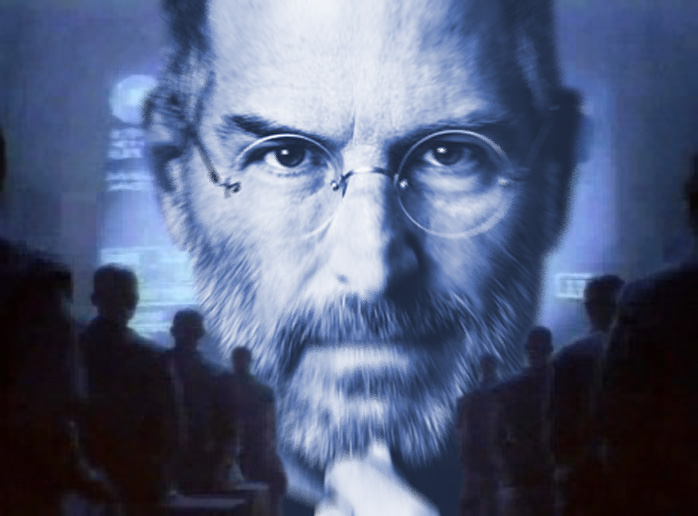

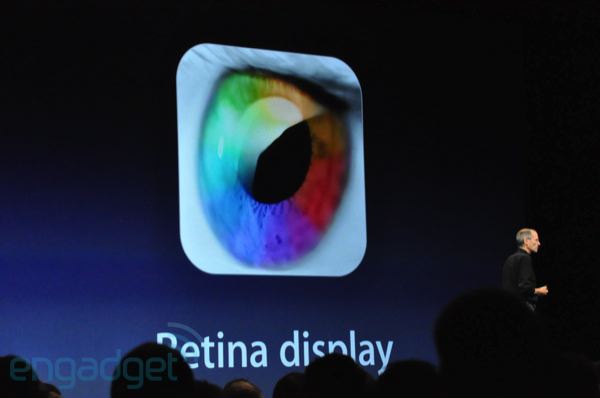

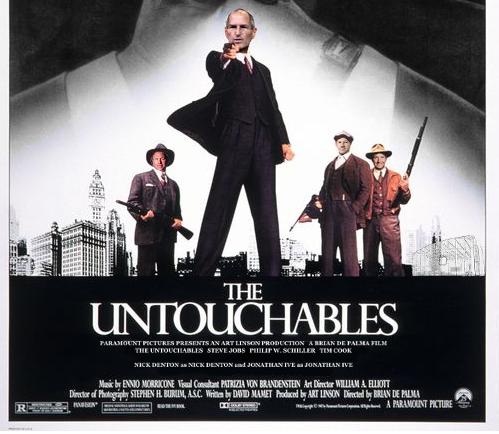






Connect
Connect with us on the following social media platforms.